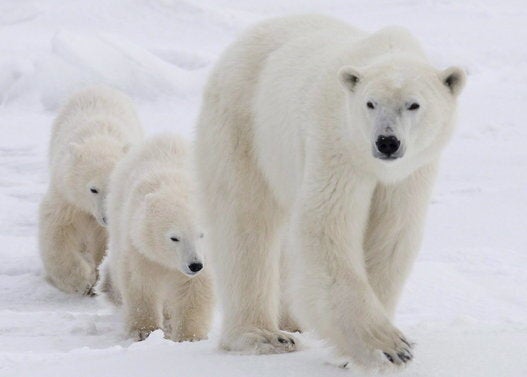When asked to think of ingenious animals, few of us jump to badgers.
University of Utah researchers were blown away to discover that the small scavengers have some incredible food storage techniques. One American badger did something no scientist has ever seen before — it buried a roughly 50-pound dead cow on its own.
Doctoral student Evan Buechley set out seven calf carcasses in Utah’s Grassy Mountains in January 2016, staking each one down and adding camera traps to document which scavengers visited them, according to a press release.
A week later, he noticed one was missing, and then saw that the ground where carcass had been was disturbed. A peek at the camera revealed that a badger had completely buried it over five days.

The animal had dug around and underneath the cow, which eventually fell into the cavity.
Another badger was spotted trying to bury another one of the carcasses, suggesting to the researchers that this was a common behaviour.
Both of the animals built dens alongside their stash and spent up to 11 days underground feasting and sleeping, according to the study. They kept coming back before ultimately abandoning the carcasses weeks later.
“While badgers are known to scavenge and to cache small food items underground, this is the first evidence of an American badger caching an animal carcass larger than itself," the authors wrote.
"It may be badgers are playing a more important role in the nutrient cycle than anybody knew."
There was no previous evidence that badgers could bury anything bigger than a jackrabbit, according to National Geographic.
"I was really shocked by the fact that these badgers could completely monopolize and dominate that food source," Buechley told the magazine.
"This is an interesting niche, and it may be badgers are playing a more important role in the nutrient cycle than anybody knew."
The biologists also wonder whether the animals could provide a free service to ranchers, by burying carcasses that could potentially infect their cows, according to the press release. While they say they still know little about the animals, "the potential ecological implications are profound," said Buechley.
Also on HuffPost
